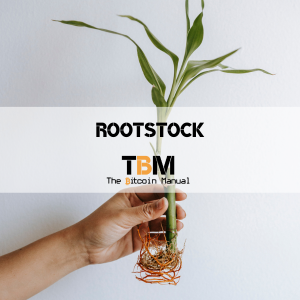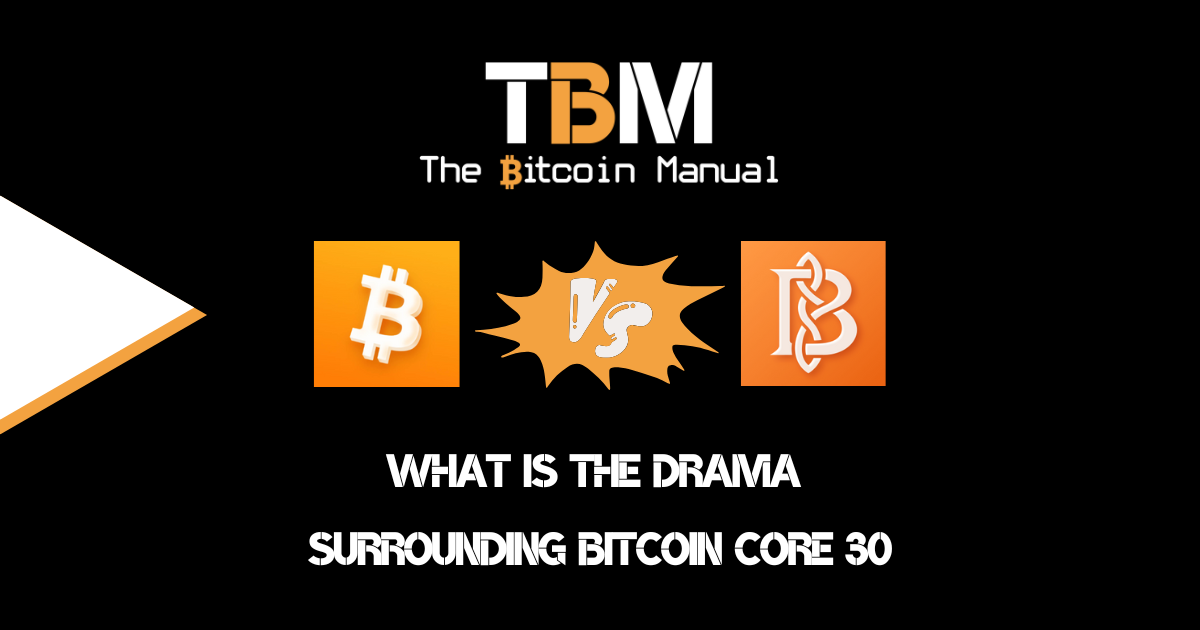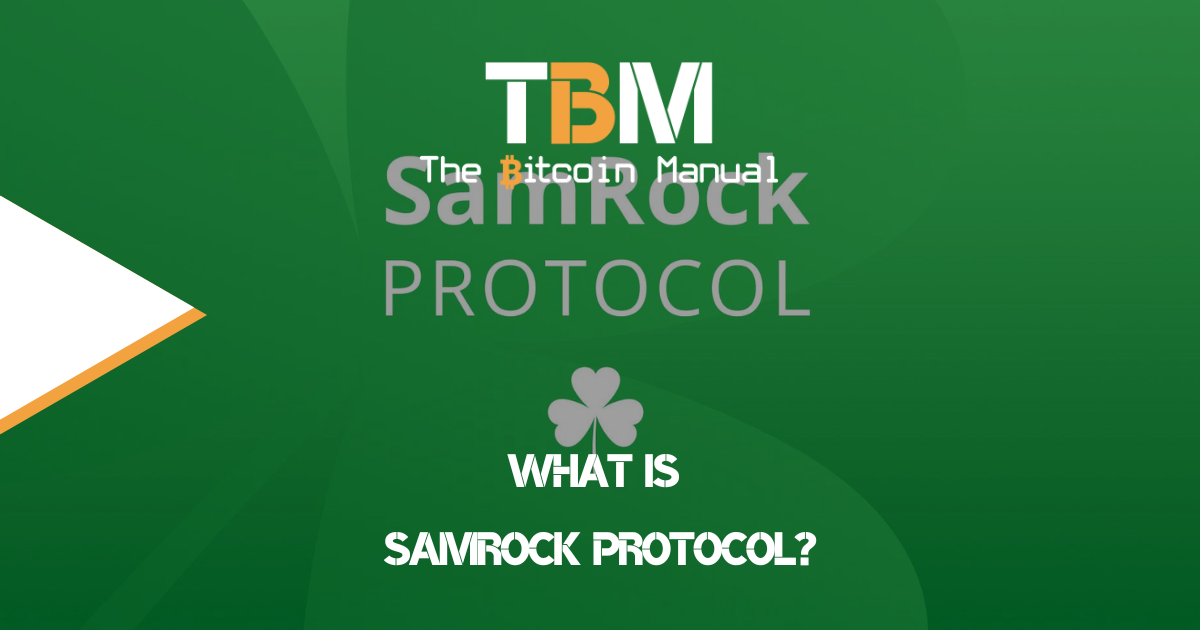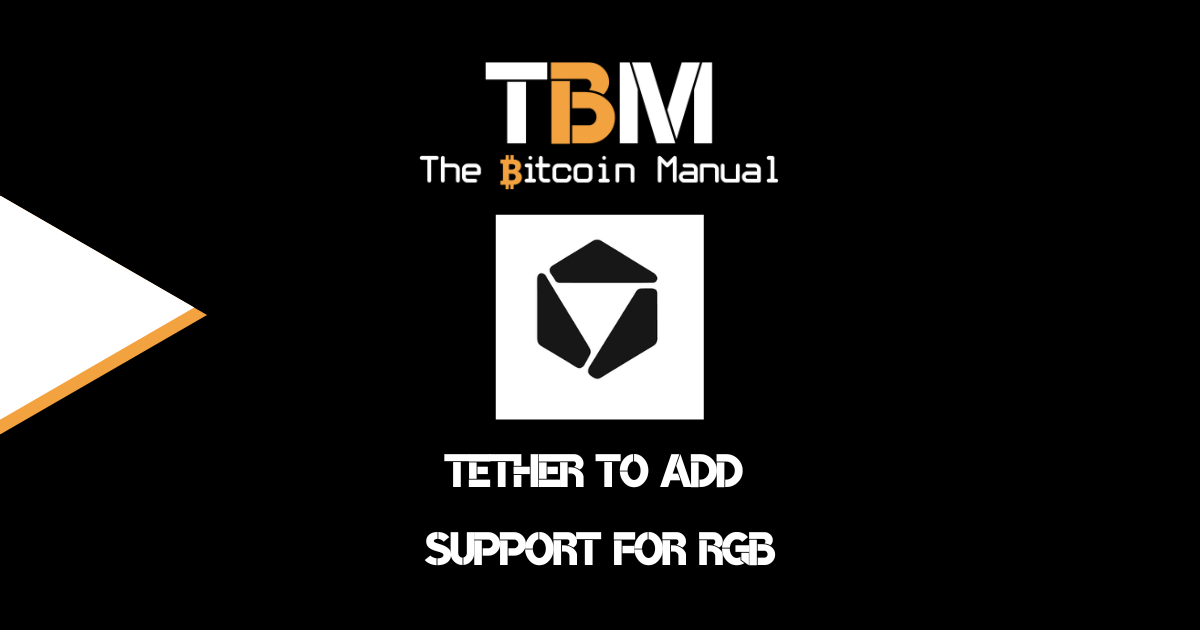What Is The Rootstock Network?
Home » Blockchain » Rootstock
Rootstock (RSK) is a Bitcoin side-chain protocol built to bring Turing complete smart contracts to the Bitcoin network. The RSK blockchain is a separate chain that is secured through Bitcoin miners who participate in merge mining and use a two-way power peg to bridge Bitcoin from the main chain to its network. RSK is a Layer 2 blockchain that runs in parallel to Bitcoin, using merged mining to secure its transactions
RSK is compatible with Ethereum Virtual Machine (EVM) smart contracts, which means that developers can deploy their existing Ethereum smart contracts on RSK with minimal changes. This makes it easy for developers to bring their DeFi applications and other on-chain apps to Bitcoin.
The native currency of the RSK network is Smart Bitcoin (RBTC), which is pegged 1:1 with Bitcoin. This means that users can either exchange BTC for RBTC and vice versa or peg out their funds once they’re done with using RSK. RBTC is also used to pay for transaction fees and for smart contract computation on the RSK network.

How does rootstock work?
RSK network is a general-purpose blockchain built using the same language as Ethereum called Solidity; you can think of it as a fork of the Ethereum code, but instead of running its own proof or creating a proof of stake validation system like Ethereum 2.0, it works as a side chain running in parallel to the Bitcoin blockchain and its blocks are mined by miners who choose to mine both main chain and RSK chain blocks.
This protocol is based on a bidirectional communication that operates as a bridge to connect both chains. This two-way peg allows the Bitcoin on the base chain to act as the native asset for RSK. RSK smart Bitcoin (RBTC) is issued at a 1-1 ratio with any funds pegged into their multi-sig in a similar fashion to how the Liquid Network mints and destroys L-BTC.
RSK is not a cryptocurrency or coin; it is a platform that runs alongside the Bitcoin blockchain. When a Bitcoin (BTC) is transferred to RSK, that BTC becomes an RBTC—a smart contract-enabled bitcoin. The RBTC can be transferred back to the Bitcoin blockchain at any time for standard RSK and Bitcoin transaction fees.
Powpeg
The Powpeg is the two-way bridge for transferring Bitcoin to and from the RSK blockchain. This protocol allows the bridging of funds between RSK and Bitcoin and is controlled by two main mechanisms:
A vault and a smart contract.
Transferring Bitcoin to RSK is a process known as “pegging-in” and requires the user to lock an amount of BTC into a vault on the Bitcoin network.
This enables unlocking the corresponding BTC amount on RSK.
Pegging out refers to transferring BTC back to the Bitcoin network from RSK, which requires the user to send an amount of RBTC to a smart contract on RSK. This subsequently unlocks the corresponding amount of BTC from the vault on Bitcoin.
Federated multi-sig
The vault that manages the two-way peg is controlled by a federation of 25 members, known as the RSK federation; each member holds the key to the multi-sig and can honour peg-ins and peg-out requests.
While pegging in Bitcoin is as simple as sending it to an appropriate address, pegging out requires coordination from a host of members, which can take longer.
If you’re impatient about pegging out, your alternative will be to sell your RBTC for BTC via an exchange or swapping service.
How is RSK secured?
RSK is still a Proof of Work (PoW) blockchain and requires miners’ computation to perform validations and generate new blocks within its blockchains. Like the base chain, RSK uses the SHA-256 algorithm, with miners earning fees from the RSK transactions that are confirmed either through the transfer of funds or the execution of smart contracts.
What does RSK have to offer?
RSK offers a number of advantages over other smart contract platforms, including:
- Security: RSK is secured by the Bitcoin network, which is one of the most secure blockchains in the world.
- Scalability: RSK is able to process more transactions per second than Bitcoin, making it more suitable for high-throughput applications.
- Interoperability: RSK is interoperable with Bitcoin, meaning that users can easily transfer assets between the two networks.
- Developer-friendly: RSK is compatible with EVM smart contracts, making it easy for developers to build on the platform.
RSK is still under development and has gained a small following in the Bitcoin community. A few DeFi projects and other dapps are already running on RSK or ported over projects to RSK with bridging contracts.
What does rootstock do?
RSK aims to provide additional throughput for the Bitcoin network by moving some transaction volume off-chain, but that is not its primary drawcard for liquidity. RSK aims to replicate the Ethereum environment on Bitcoin to allow dapps to port over to their side chain and bring their users along for the ride.
It also acts as a bridge between Ethereum and Bitcoin without the need for users to touch centralised exchanges.
RSK offers faster block times
Block confirmation in RSK takes about 34 seconds, much less than the time required for the Bitcoin blockchain, so if users are looking for speedy transaction settlement, they can opt for using RBTC on RSK instead of the base chain. RSK yields much faster times for users exchanging and transferring cryptocurrency, but it can become costlier if demand for block space and computation increases.
Smart contracts
Rootstock’s smart contracts are fully autonomous and eliminate the need for an intermediary to facilitate transactions once the code is deployed to the blockchain. Since Bitcoin’s base layer has limited programmability, RSK offers Ethereum-style computation and scripting with the backing of Bitcoin hash rate and Bitcoin the asset.
Smart contracts on RSK include the creation of tokens like ERC-20 style assets, stablecoins, NFTs and on-chain exchanges.
Projects on RSK
Here are some of the popular applications on the RSK network:
- Taringa!: A social media platform with over 2 million users.
- RIF OS: A mobile operating system that integrates with the RSK blockchain.
- RSK DeFi Suite: A suite of DeFi applications, including a decentralized exchange, lending platform, and stablecoin.
- Money on Chain: A platform for issuing and managing digital assets on the RSK blockchain.
Execution risks
RSK is built using the same scripting language as Ethereum, making it easy for developers to migrate contracts or spin up contracts on the network, and with that, it can bring the countless examples of vulnerabilities we’ve seen from these types of dapps. Dapps can have bugs in them, and that can lead to loss of funds, so users should be cautious about the services they use on RSK as they would on any other chain.
MEV risks
Since RSK allows you to contract on-chain trades with DEXs using the primary asset RBTC or alternative tokens issued on the network, miners of these blocks could be watching the behaviour on-chain and construct blocks in a way that can extract more value for them. This is known as the maximal extractable value.
Account-based system
RSK uses an account-based model over a UTXO-based model, which allows users to have a persistent address on-chain, making it easier to monitor and track. This type of bookkeeping model works like bank accounts, where money transfers are recorded as debits and credits on different users’ accounts on the bank’s ledger.
This model makes it very easy for users to dox themselves, and RSK would need to have its own mixing protocols or ZK proofs to help improve user privacy.
More information on rootstock
If you’re still interested in learning more about Rootstock or would like to use the technology and keep up with the latest updates, then check out the following resources.
| Source | Website |
| Rootstock | https://rootstock.io/ |
Share with a friend
If you thought this information was helpful why not share it on your favourite social media network and encourage others to learn more about Bitcoin
The latest news from our blog

What Is the Drama Surrounding Bitcoin Core 30?
The Bitcoin ecosystem is witnessing one of its most contentious debates in years, centred around Bitcoin Core version 30 and its controversial expansion of OP_RETURN

What Is SamRock Protocol?
As more of the world’s cash balances migrate into Bitcoin, it enriches those who have chosen to store their value in this $2 trillion-sized digital

Tether To Add Support For RGB
It’s only been a month since the RGB mainnet went live, and we haven’t even seen a single exchange support it or establish a wallet.
